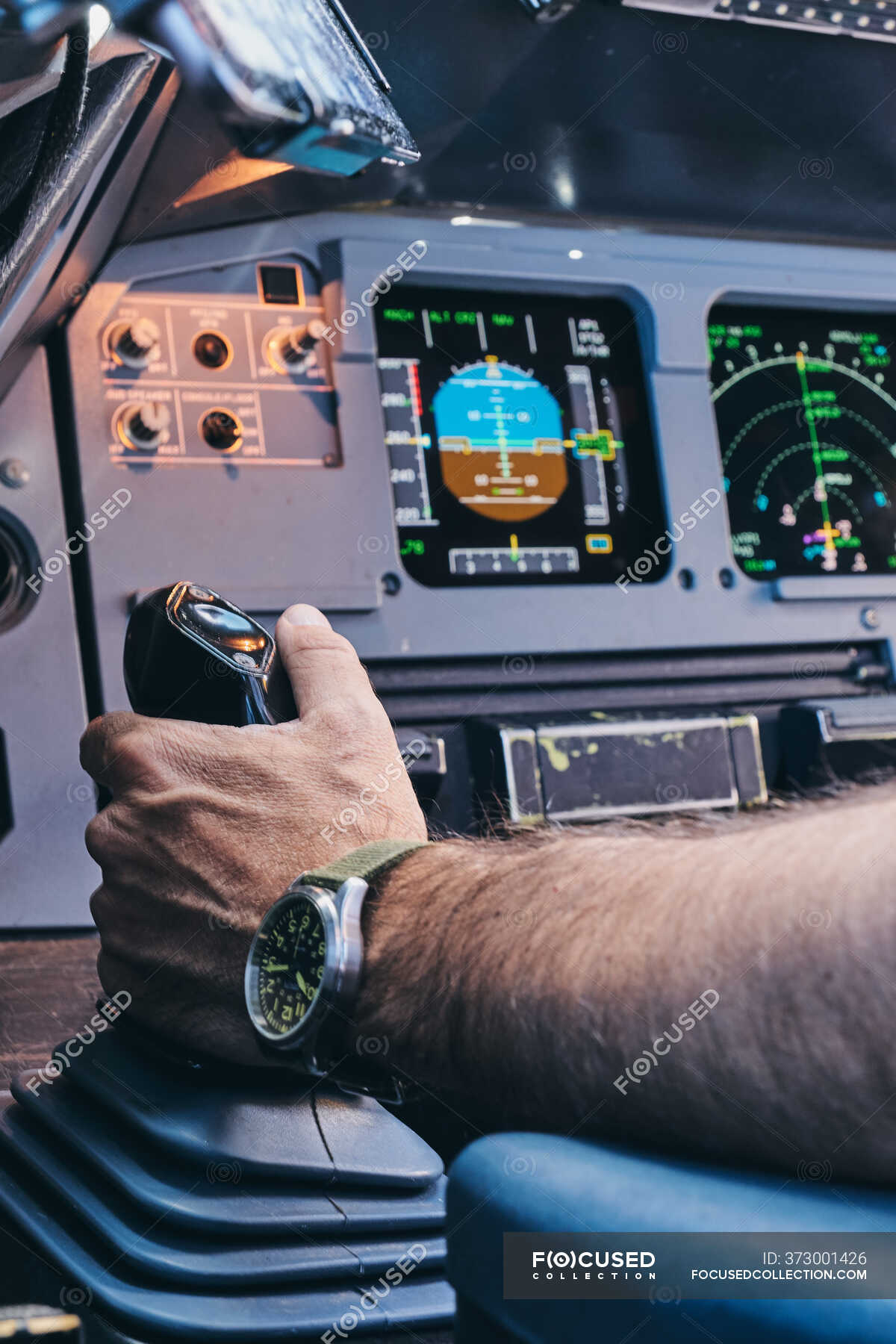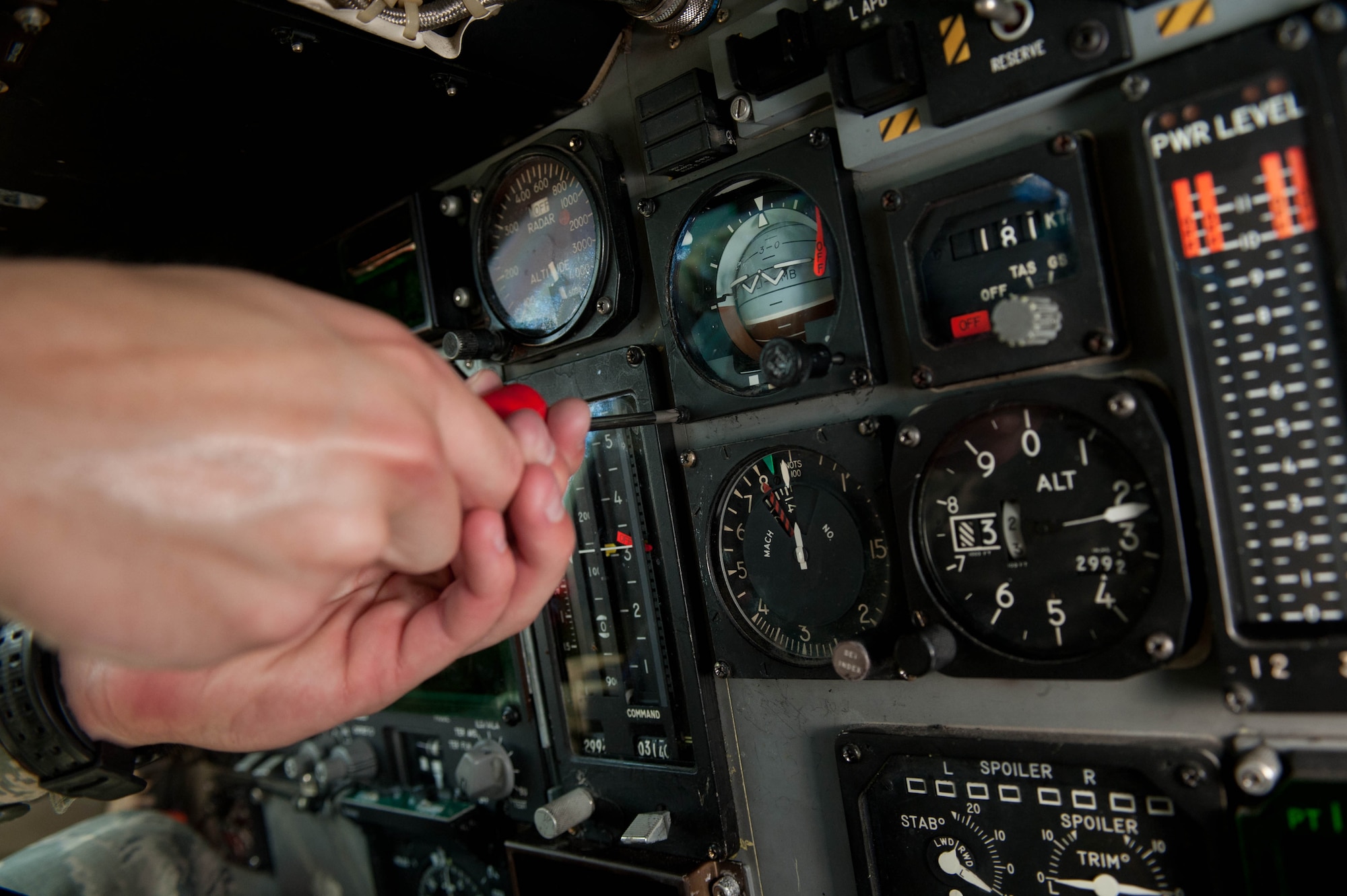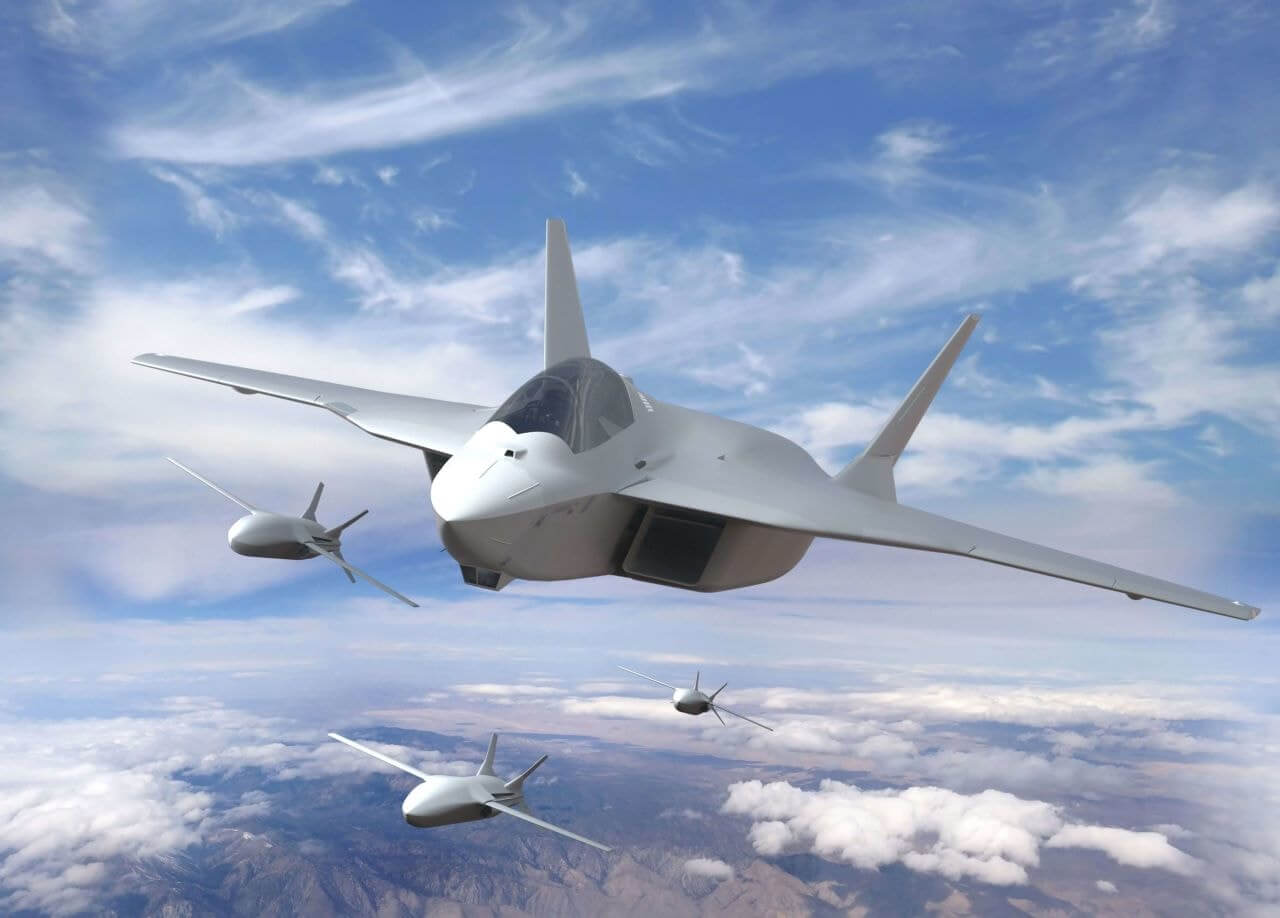Airplane Controls - The cockpit of even the smallest and simplest aircraft can be an overwhelming place. Fortunately, the most “practical” cockpit elements—the elements that allow the pilot to control the actual movement of the aircraft from taxiing to landing—often have the same cockpit designs from one design to the next.
Even if the new single-engine pilot had never seen the marvelous cockpit of a Boeing 777, he could probably pick out the most basic controls. But for the purposes of the next few hundred words, this article will focus on typical cockpit controls on small aircraft.
Airplane Controls

Knowledge of aircraft controls goes hand in hand with a deep understanding of the forces of flight and how aircraft operate. Familiarity with the main control surfaces of the aircraft will make it easier to control the cockpit. For example, a pilot will better understand how to control the rudders of an aircraft effectively if he or she relies on his or her knowledge of how the vertical stabilizer works.
Throttle Control Modules
When you start your car, you need a key or fob to start the engine. The same principle applies to small aircraft. In this example, the "key" is the ignition control system. A set of switches is used to speed up a small APU in the launch procedure of large commercial aircraft, while pilots of several smaller aircraft may request a true automotive-like switch. Older aircraft may require the use of a lever during firing, but most pilots use automatic starters.
Most ignition switches have five positions: off, right (R), left (L), both, and start. "Right", "left", and "both" refer to magnetos or electrical generators in aircraft engines. Great attention to pre-flight procedures will help avoid common problems with ignition control.
When pilots are portrayed in films, they are rarely shown calculating weight and balance or making flight plans with the mission in mind. Usually they are in the most tense state of march action, the yoke is in their hands.
The steering wheel is the "rudder" of the aircraft. The boom controls the aircraft's winglets. Simply put, it allows the pilot to move the aircraft "up", "down", "left" and "right". Pressing the yoke forward directs the aircraft's nose toward the ground; retraction causes the nose to pull up.
Wayne Durham Writes Book On Aircraft Dynamics And Control
Yokes can be seen on fixed wing aircraft and are also known as "handwheels". Traditional yokes are W or U shaped, some are available in M or ram horns.
Cirrus SR aircraft and some light sport aircraft are equipped with side rails instead of helms. This placement provides a larger display screen and is lighter than a conventional yoke. Some pilots prefer them to more traditional forms of control.
While some modern aerobatic and fighter aircraft use center thrust to handle g-forces more effectively, most pilots open the door of an old aircraft and see the crossbar, not the yoke. The control lever is usually located on the cab floor; sits in the pilot's seat. It is sometimes referred to as a "joystick" and controls the aircraft's attitude and altitude in much the same way as a yoke.
Some aircraft offer pilots a single block to start the engine, and all relevant controls are grouped together in what is known as the engine control quadrant. In other cabs, these controls are separated, but they are usually grouped in the lower middle of the instrument cluster.
Pilot Control Systems
The throttle is the power regulator for an aircraft engine. It's like the gas pedal in a car. Usually black in color, the throttle is either a push-pull device or a lever. By adjusting the amount of air-fuel mixture with the throttle, the pilot adds or reduces power to the aircraft's engine or engines.
On variable (or variable) pitch aircraft, pilots will find the propeller control close to the throttle. This activates propeller rotation, allowing the pilot to demand more power during takeoff and then adjust fuel efficiency during flight. It is usually blue in color.
There is a red mixture next to the propeller control. It has to do with the ratio of fuel to air entering the engine. As the plane takes off, the pilot adjusts the mixture to "rich" to account for the maximum amount of fuel. During cruise and landing, the mixing knob is adjusted so that more air is "weaker" or more efficient.
If a small plane was built in the late 1970s, pilots often find the flap control switch on the dashboard. It is traditionally white in color and is located horizontally in relation to the cockpit, and sometimes even has the shape of a small fin. The wing arm, usually located near the throttle, allows for increased lift as well as drag. Wings are mainly used during takeoff, approach and landing.
Fly A Plane In Gta By Pretending To Be A Plane, With Kinect
In aircraft built before the 70s, if the pilot wanted to control the aircraft's wings, he used a lever next to the seat. The pull up lowers the fins.
As if the dashboard isn't enough to take care of it, the pilot also needs to be familiar with the rudder pedals on the plane's floor. But be glad there are pedals; The early planes had no brakes and the pilots simply slowed down and relied on the bumpy runway to bring the plane to a halt.
The rudder controls the direction or direction of the aircraft "left" and "right". The pedals control the trailing edge of the aircraft's vertical stabilizer. On most small aircraft, the rudder pedals also control the wheel brakes when the pilot presses the top of the pedals.

Mr. Matthew A. Johnston has over 23 years of experience in education in a variety of roles and is currently President of the University of California Aeronautics. As part of the Young Eagles program, he is a regular member and active participant in various aviation promotion and advocacy associations, including the University Aviation Association (UAA), Regional Airline Association (RAA), AOPA, NBAA and EAA. He is proud to work with airlines, aviation businesses, and individual aviation professionals who have worked with him to develop California Aviation University as a leader in aviation education.
Light From A Plane Control Room In The Dark. Stock Photo, Picture And Royalty Free Image. Image 26464325
We use cookies on our website to improve your experience by remembering your preferences and repeat visits. By clicking "ACCEPT", you agree to the use of all cookies.
This website uses cookies to improve your experience while browsing the website. Cookies, divided into necessary categories, are stored in your browser because they are necessary for the operation of the basic functions of the website. We also use third party cookies to help us analyze and understand how you use this website. These cookies will only be stored in your browser with your consent. You also have the option to disable these cookies. However, disabling some of these cookies may affect your browsing experience.
Necessary cookies are absolutely necessary for the website to function properly. These cookies anonymously provide the basic functionality and security features of the website.
This cookie is set by the GDPR Cookie Consent plugin. The cookie is used to store the user's consent to the use of cookies in the "Analytics" category.
Phak Chapter 6 3 Flight Control Systems
The cookie is set by the GDPR cookie consent to store the user's consent to cookies in the "Functional" category.
This cookie is set by the GDPR Cookie Consent plugin. The cookie is used to store the user's consent to the use of cookies in the "Other" category.
This cookie is set by the GDPR Cookie Consent plugin. Cookies are used to store the user's consent to the use of cookies in the Required category.

This cookie is set by the GDPR Cookie Consent plugin. The cookie is used to store the user's consent to the use of cookies in the "Performance" category.
On The Flightline With Maintainers
The cookie is set by the GDPR Cookie Consent plugin and is used to store information about whether the user has given consent to the use of cookies. It does not store any personal data.
Functionality cookies help perform certain functions such as sharing website content on social media platforms, gathering feedback and other third-party functions.
Performance cookies are used to understand and analyze key website performance metrics that help provide a better user experience for visitors.
Analytical cookies are used to understand how visitors interact with the website. These cookies are based on the number of visitors, bounce rate, traffic source, etc. This helps provide information about metrics.
Things To Know About Flight Radio Before
Advertising cookies are used to provide visitors with relevant advertisements and marketing campaigns. These cookies track visitors to websites and collect information to provide personalized advertising.
Other uncategorized cookies are those that are being analyzed and have not yet been categorized. This article needs additional references for verification. Please help improve this article by adding links to trusted sources. Non-welded material can be questioned and removed. Find Sources: Guinean Airplane Checks - News Newspapers Books Scholars JSTOR (June 2010) (Find out how and what
Vintage airplane blanket, best airplane blanket, airplane travel blanket, airplane blanket material, crochet airplane blanket pattern, travel blanket for airplane, airplane crochet blanket, airplane milestone blanket, airplane throw blanket, airplane blanket size, best travel blanket for airplane, airplane blanket and pillow

